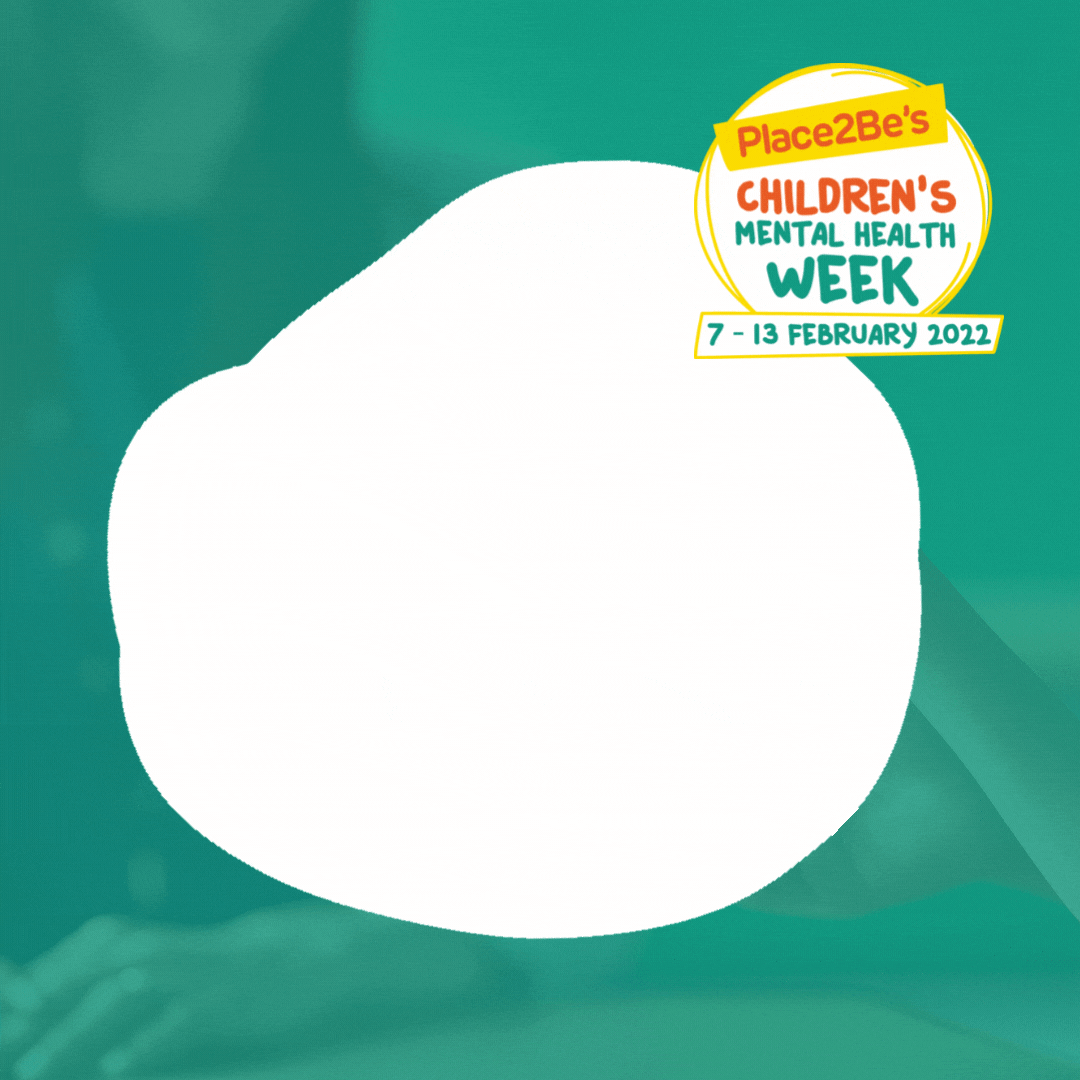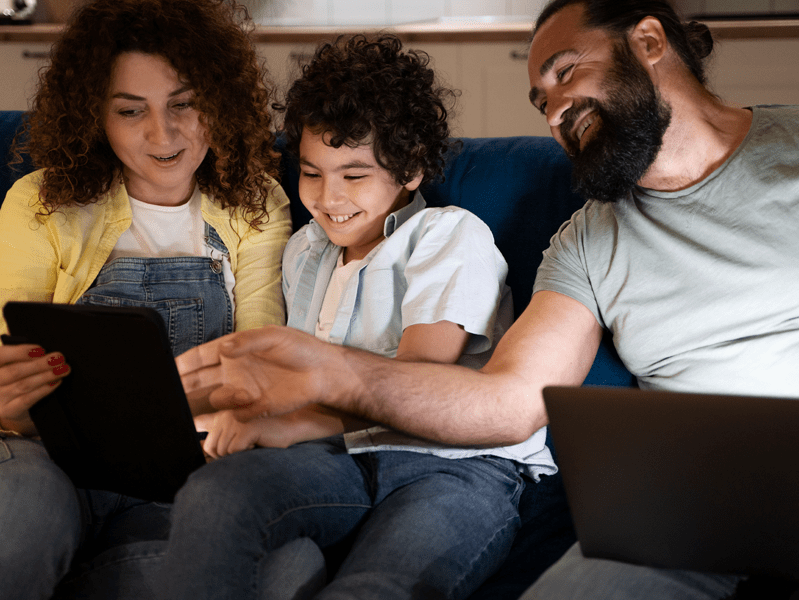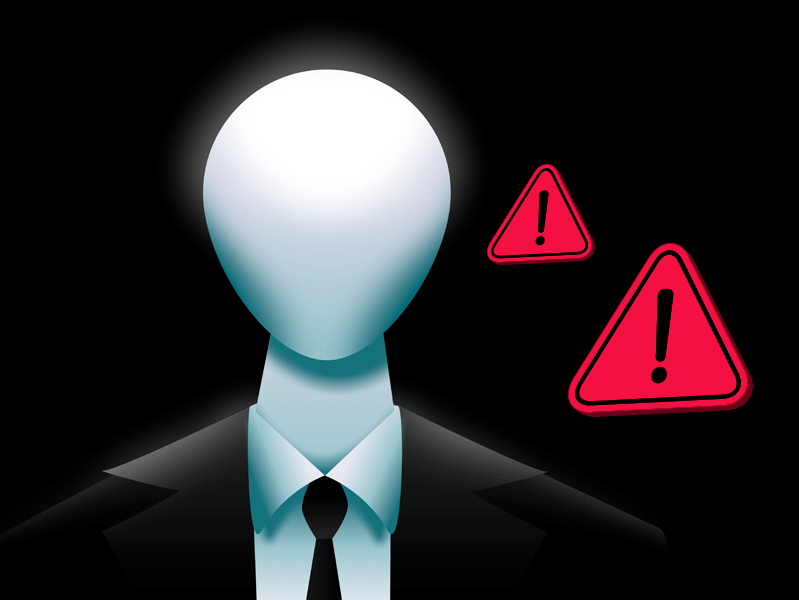Last Updated on 26th September 2023
This week marks Children’s Mental Health Week across the UK.
After nearly two full years of a pandemic, the newest research indicates it has taken a heavy toll on children’s mental health. Between the social impacts, education and home life adjustments, and the stress and uncertainties of a pandemic, the fog is beginning to clear. We may now begin to see the real effects this has had on children and young people’s mental health.
For Children’s Mental Health Week 2022, we’ve provided the latest statistics, signposting to further help and support and some top tips on how to talk to children and young people about mental health.
In 2021, one in twenty 11-to-16-year-olds reported feeling often or always lonely.
Source: NHS Digital
Key facts
Talking to Children and Young People about Mental Health
Here are 3 things to consider when having a conversation with a child (or young person) regarding their mental health and wellbeing:
1. Active Listening
Active listening is more than just ‘hearing’. It is listening with full concentration and demonstrating that you are listening.
Maintaining eye-contact, nodding your head, smiling, and saying ‘yes’ or ‘mmm’ will show you are listening without judgement. Be mindful not to interrupt or hurry them. If they struggle to talk, it might help if you ask them to write it down.
2. Open Questions
Asking open questions allows for more than a ‘yes’ or ‘no’ answer and encourages a flow of conversation.
You may suspect there may be more depth to an issue than your child is letting on. Open questions will help you explore any potential risk. Examples are:
- How are you? How are you getting on with schoolwork?
- You don’t seem yourself lately. What’s on your mind?
- I notice you’re not taking part in your usual hobbies at the moment. I’m wondering if there’s a reason for this?
3. Reassurance
Reassurance is given through active listening and asking open questions.
You can give further reassurance by highlighting ways you can help and how you and others can support them.
Encourage them to think about who they feel comfortable talking to, like a Trusted Adult.
![0104_Psychology_child [Converted]-02 child with parent](https://ineqe.com/wp-content/uploads/2022/02/0104_Psychology_child-Converted-02.png)
Suggested Phrases
During difficult conversations with children, you might be faced with lots of ‘I don’t know’, ‘yes’, ‘no’, or ‘maybe’ answers. This can feel frustrating, but keep in mind it may be difficult for a child to be open with you. Some patience, reassurance, and honesty might help.
Join our Online Safeguarding Hub Newsletter Network
Members of our network receive weekly updates on the trends, risks and threats to children and young people online.














